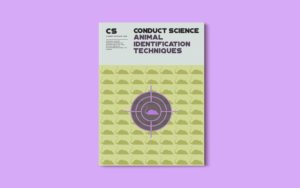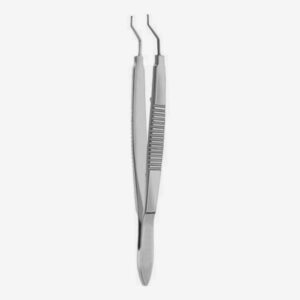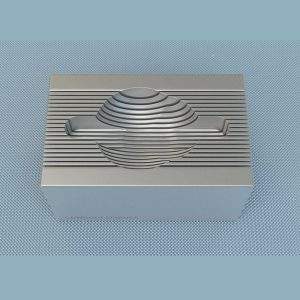Introduction
Centrifuges are everyday instruments used in research and clinical laboratories. Different types of rotors, inserts, and accessories are combined with these centrifuges for various applications. Since these rotors and inserts are a significant investment for labs, they must be carefully selected to ensure precise experimental outcomes.
Centrifuge rotors can be divided into fixed-angle rotors, vertical rotors, and swinging-bucket rotors. These rotors have a different design, are made of different materials, and can be used in high-speed, low-speed, or ultra-centrifuges.
Fixed-Angle Rotors
Fixed-angled rotors hold the centrifuge tubes at a fixed angle between 14o and 40o to the vertical. In these rotors, the sample particles move radially outwards under the influence of centrifugal force. Since the centrifugal force is exerted at a particular angle, the particles travel a short distance to collide with the centrifuge tube’s outer wall in a differential centrifugation technique.
Fixed-angled rotors are typically used in differential centrifugation protocols where the sedimentation rates of biological molecules differ significantly, for instance, for separating mitochondria, nuclei, and microsomes. In addition, they are used in isopycnic banding in which the substance’s density is matched with the gradient at the radial position.
Vertical Rotors
Vertical angle rotors hold the tubes vertically during the run. These rotors are divided into two types, i.e., true vertical rotors and near-vertical rotors. These rotors contain sealed centrifuge tubes parallel to the axis of rotation that is restrained in rotor holes by screws, washers, and plugs. On the contrary, near-vertical rotors possess a tube angle of 7o to 10o and employ quick seal tubes. Since the particles are separated along the tube’s diameter and not along the tube’s length, these rotors present the shortest path length of all other rotor types.
Vertical centrifuges are employed in isopycnic separations, specifically for isolating DNA in cesium chloride gradient. Similarly, near-vertical rotors are used for gradient centrifugation of biological particles that are inappropriate for conventional gradients. The shortest path length, highest resolution, and fastest runtime are the potential advantages of these rotors (Ohlendieck and Harding, 2018).
Swinging Bucket Rotors
Swinging bucket rotors hold the rotor buckets vertically. The rotor body has four to six arms attached to the centrifuge device to hold these buckets. Hinge pins or a crossbar hold these buckets in place. As soon as the centrifugal force is applied, the buckets swing out horizontally (at a 90o angle) due to centrifugal acceleration and position themselves at the rotor body for support. Swinging bucket rotors are used in high-throughput protocols such as harvesting cells from growth cultures and processing large volume tissue cultures.
In addition, these rotors, inserts, and accessories are used to modify the centrifuges for specific applications. For example, tube adapters of different sizes can be placed in the buckets to hold desired size tubes that are otherwise too small to be held in rotor holes. Similarly, sealing lids are available for specific buckets, providing biosafety for potentially hazardous samples. Conduct Science offers a wide range of rotors, inserts, and accessories for centrifuges to transform them according to specific applications.
References
Ohlendieck, K., & Harding, S. E. (2018). Centrifugation and Ultracentrifugation. Wilson and Walker’s Principles and Techniques of Biochemistry and Molecular Biology.












